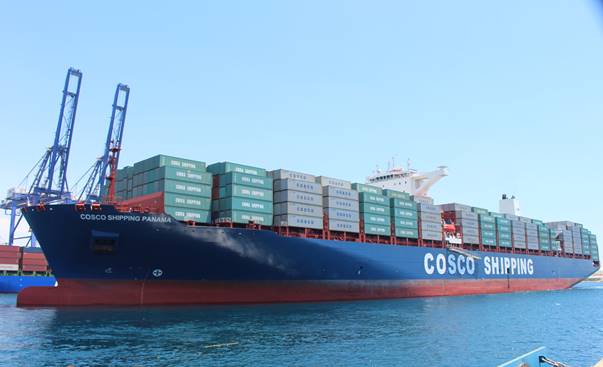Steel Markets

Tight Inventory Slows July Sales of Existing Homes
Written by Sandy Williams
August 24, 2016
Existing home sales lost momentum in July, falling for the first time since November 2015. The National Association of Realtors reports that sales were down 3.2 percent from June to a seasonally adjusted annual rate of 5.39 million. On a year over year basis sales fell 1.6 percent marking only the second time in the last 21 months that sales were below their year ago level.
Lawrence Yun, NAR chief economist, says existing sales fell off track in July after steadily climbing the last four months due to lack of affordable homes available to buyers. “Severely restrained inventory and the tightening grip it’s putting on affordability is the primary culprit for the considerable sales slump throughout much of the country last month,” he said. “Realtors are reporting diminished buyer traffic because of the scarce number of affordable homes on the market, and the lack of supply is stifling the efforts of many prospective buyers attempting to purchase while mortgage rates hover at historical lows.”
Buyers of single family homes were not the only ones frustrated by availability. Condo buyers faced tight inventory as well, along with a slowdown in new construction.
Median existing home price rose 5.3 percent year over year to $244,100. Inventory supply was 0.9 percent higher at 2.13 million existing homes for sale but was 5.8 percent lower than the 2.26 million available a year ago. Supply at the current sales rate would last 4.7 months, up from 4.5 months in June.
Sales fell in all regions of the U.S. except the West which posted a 2.5 percent rise in purchases. Sales in the Northeast, Midwest and South dropped 13.2 percent, 5.2 percent and 1.8 percent, respectively.
“Although home sales are still expected to finish the year at their strongest pace since the downturn, thanks to a very strong spring, the housing market is undershooting its full potential because of inadequate existing inventory combined with new home construction failing to catch up with underlying demand,” adds Yun. “As a result, sales in all regions are now flat or below a year ago and price growth isn’t slowing to a healthier and sustainable pace.”

Sandy Williams
Read more from Sandy WilliamsLatest in Steel Markets

Worldsteel projects steel demand to grow 1.7% this year
Global steel demand will reach roughly 1.793 million metric tons (1.976 million short tons) this year, an increase of 1.7% over 2023, the World Steel Association (worldsteel) said in its updated Short Range Outlook report. The gain will come after a 0.5% contraction in steel demand in 2023. Demand is forecasted to increase another 1.2% […]

February construction spending steady, shows solid y/y improvement
US construction spending in February was mostly steady from January but showed significant gains from last year.

February imports ease from seven-month high
After reaching a seven-month high in January, steel imports fell back 3% in February, according to preliminary Census data released earlier this week.

AISI: Navigating recent EPA rulemakings impacting steel
With Earth Day almost a month away, the world’s attention often turns to the manufacturing sector with calls for greener production processes.

Canada adds ‘melt-and-pour’ requirement for steel imports
Canada will soon require steel imports to report “country of melt and pour” information.
